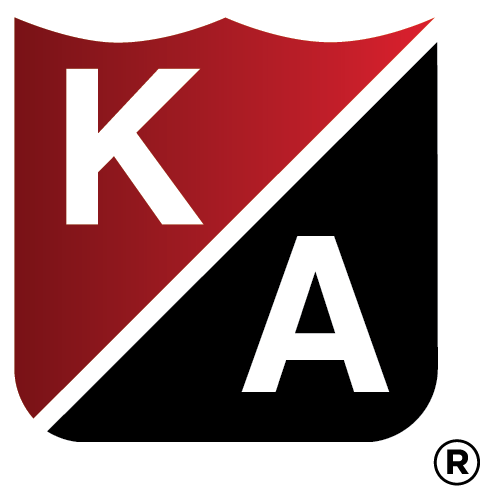Even if you’ve never heard of captives, they do affect every business. That’s because the group captive industry continues to grow regardless of what the economy is doing. And as it grows, the claims performance of the mainstream pool of insureds continues to deteriorate as the best risks leave. As captives trend ever upwards, understanding the basics of how they work is part of your strategic risk management toolkit.
The What and Why of Captives
Simply put, a captive is an insurance company that provides insurance to, and is controlled by, its owners, offering several financial benefits. Captives typically reduce operating costs from 40 to 50 percent to as little as 31 percent. In addition, captives return underwriting profits and investment income to members in the form of dividends. Moreover, captives take into account members’ five-year actuarial history, offering a more representative view of their claims experience than under traditional underwriting scenarios. Additionally, because members are more protected from market swings, they enjoy stable and predictable premiums.
Industry-Specific Homogeneous Captives
Captives allow for more precise analysis of the specific risks of their members, with appealing results. Homogeneous captives refine the field even further, pooling together members of the same industry, such as building contractors, trucking companies or temporary employment agencies. Heterogeneous captives, on the other hand, gather members from diverse industries. Despite their differences, all captives share the common goal of seeking better control over their members’ insurance costs.
Captive Options
Kraus-Anderson Insurance clients work with top-flight providers of captives. Their primary provider is Captive Resources (CR), the oldest and largest captive consultant in the U.S. CR offers a number of homogeneous group captives serving specific industries, including
- Roofers;
- Ready mix;
- Temporary staffing;
- General contractors;
- Trucking;
- as well as many other types of subcontractors.
In addition, there are a number of heterogeneous (serving multiple industries) captives to choose from. Kraus-Anderson Insurance can help you sort through the pros and cons of the choices and find the best fit for your particular needs.
In closing, captives aren’t an option for everybody, and that’s by design. The highly attractive financial advantages captives offer are a direct reflection of an elite level of sustained safety performance among like-minded member firms. To qualify for captive insurance, a company must be financially sound with a minimum $100,000 combined general liability, auto and Workers’ Compensation premium; and maintain favorable loss experience and strong safety practices.
However, if your company doesn’t meet the requirements from a safety perspective, there may still be a place for you at the table. Kraus-Anderson Insurance’s safety professionals help motivated clients get there. Some of our best captives clients are those who “became the change they wanted to see” in their safety performance.



